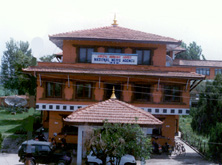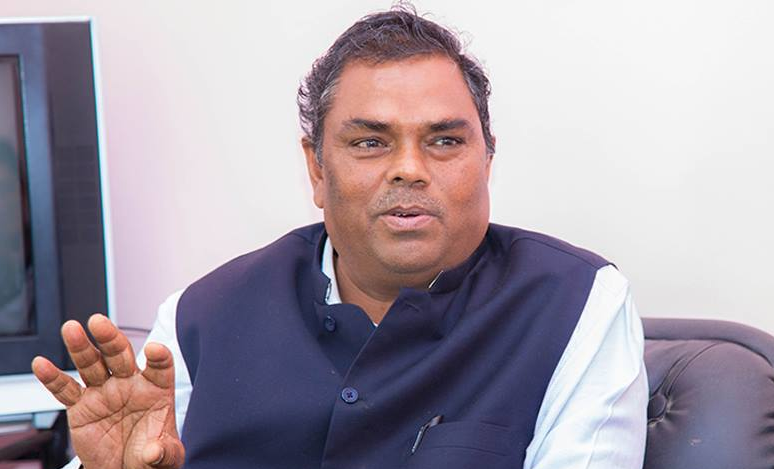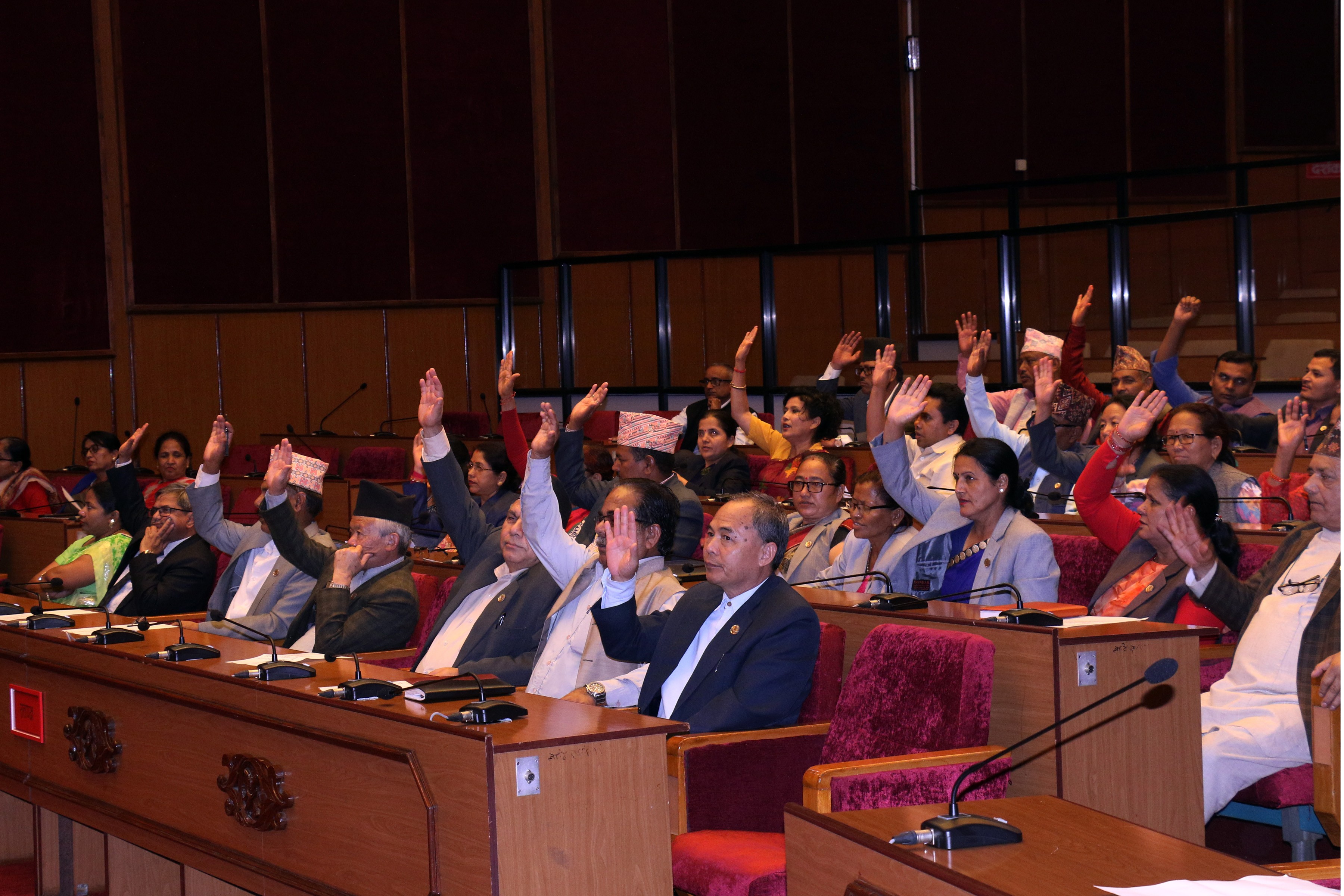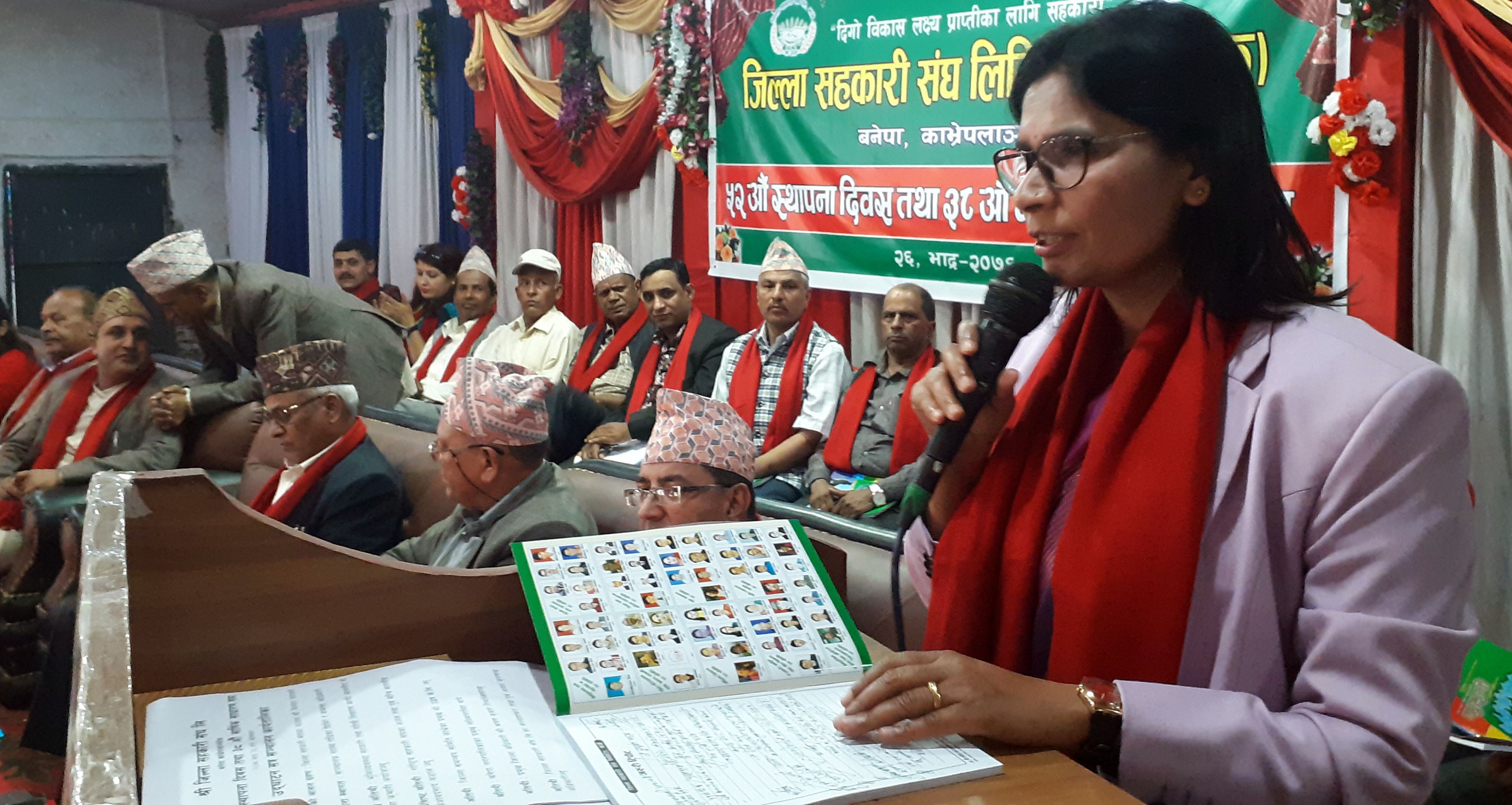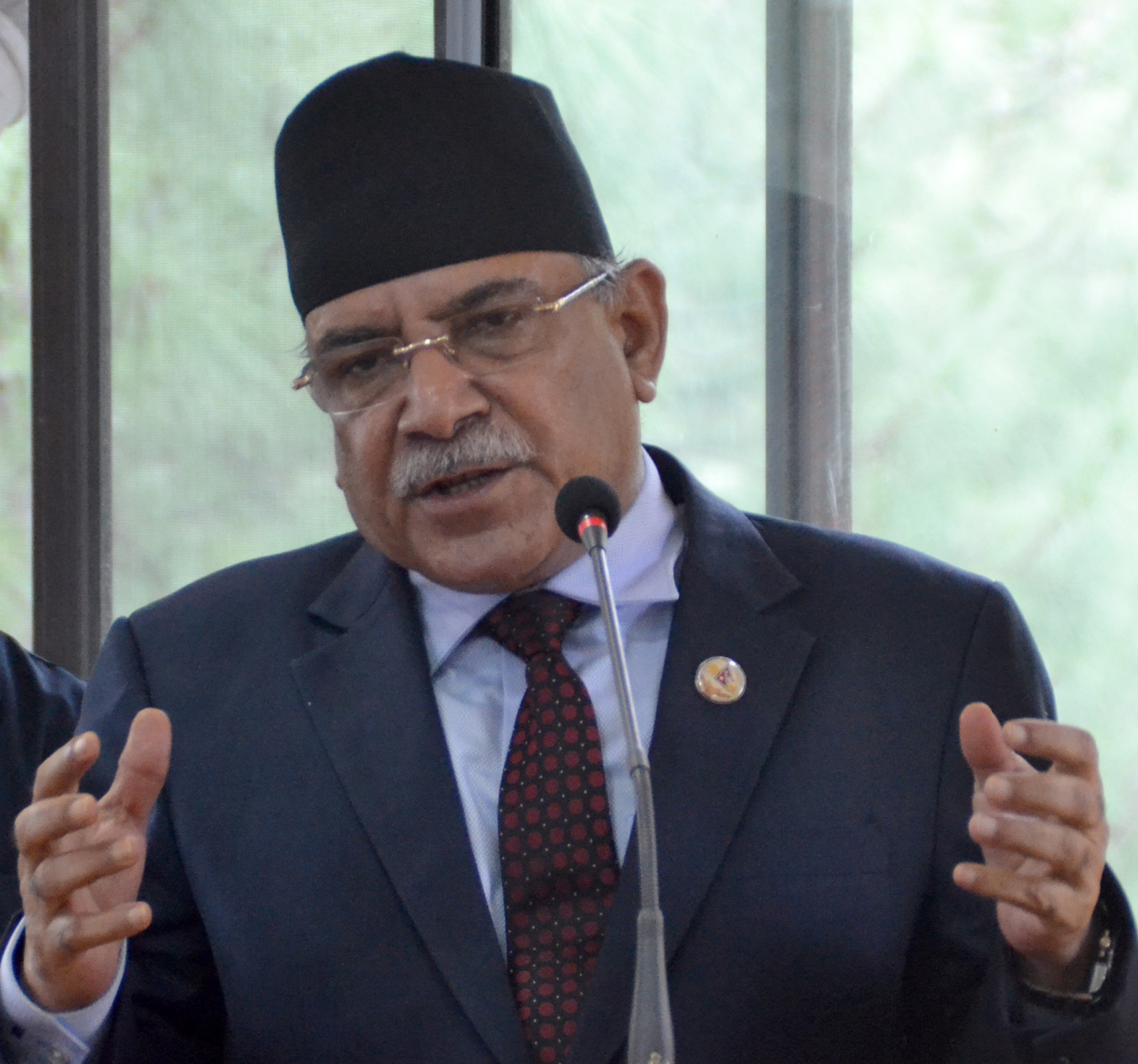Kerung-Kathmandu Railway: New pathway paved for feasibility study on cross-border railway
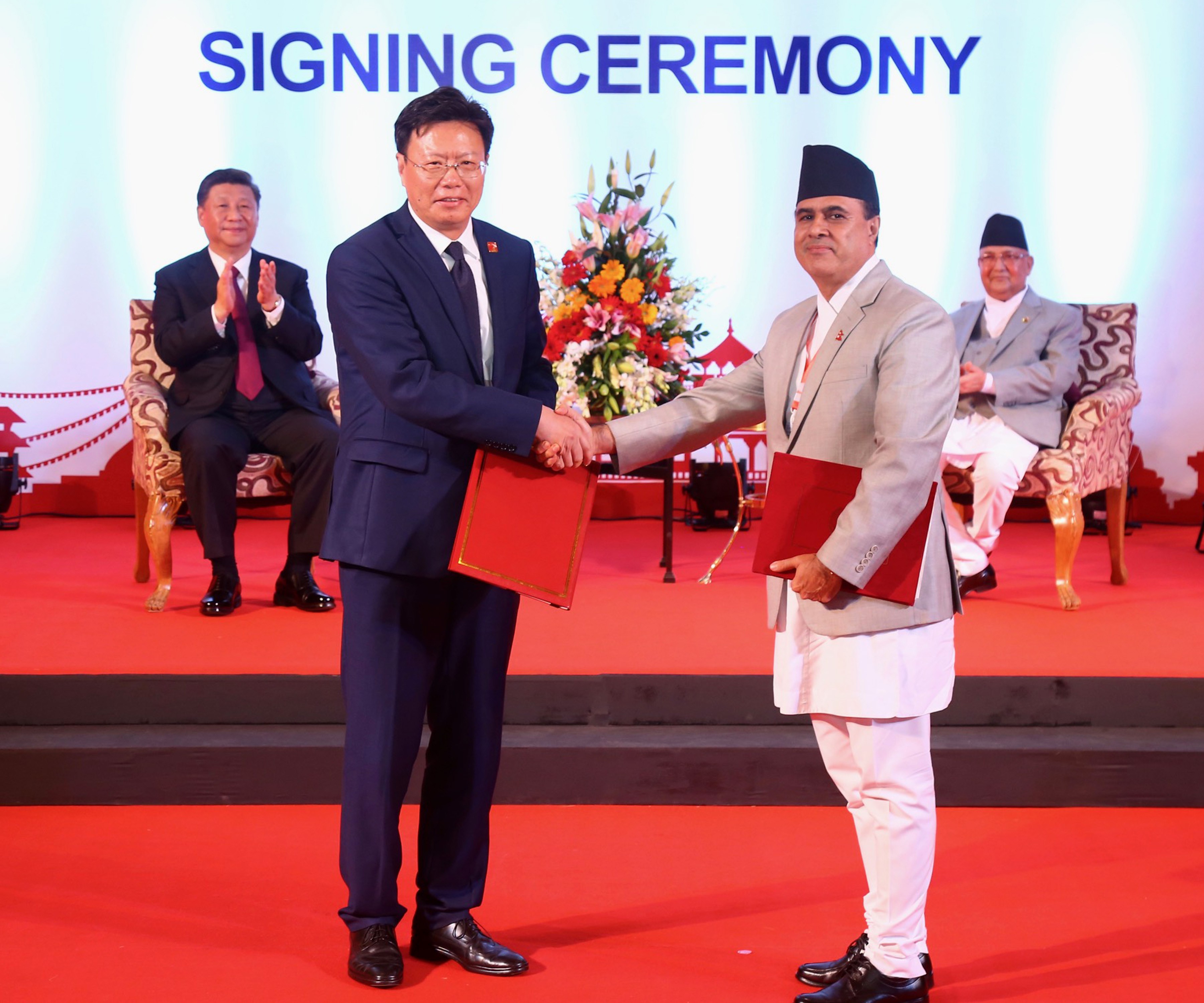
Kathmandu, Oct 14: The recent signing of MoU on feasibility study of China-Nepal Cross-Border Railway Project, one among the 18-point MoUs and two letters of exchange between Nepal and China, has kindled hope among the Nepalis that Kerung-Kathmandu Railway project would now pick a pace.
The signing of MoU on feasibility study of China-Nepal Cross-Border Railway Project between the Ministry of Physical Infrastructure and Transport of Nepal and Ministry of Transport of China on the witness of President Xi and Prime Minister KP Sharma Oli concluded on the second day of Chinese President's two-day state visit to Nepal.
President Xi, who arrived Nepal on October 12 at the friendly invitation of President Bidya Devi Bhandari, had reaffirmed China's encouraging support for enhancing bilateral cooperation between the two countries in various sectors including cross-border railway connectivity.
President Bhandari, during her speech in the dinner reception she hosted in honour of President Xi on Sunday, had said that Nepali people were looking forward to the operation of Kerung-Kathmandu-Lumbini railway.
Bhandari had also expressed her confidence that the very wish of Nepali people would be fulfilled soon in the context that China has made significant achievements in railways development, with the use of modern technology and available resources.
The signing of ceremony on feasibility study on cross-border railway project has given an impetus for construction for the Kathmandu-Rasuwagadhi Railway, said Department of Railway's former senior divisional engineer Prakash Bhakta Upadhyay.
The protocol of Transit and Transport Agreement, one of important documents signed during President Bhandari's visit to China last April, has ensured Nepal's access to three dry ports and four sea ports in China.
Similarly, Trans Himalaya Multidimensional Connectivity Network and Nepal China Trans-border Railway were included in those agreements.
China's National Railway Authority in last November-December submitted a preliminary study report about Kerung-Kathmandu Railway to the (Nepal) government.
Since then, officials of Nepal and China met once to discuss the issue which had paved the way for doing additional homework to determine the design of railway project implementation. The length of Kerung-Kathmandu is likely to be around 80 kilometers and the construction phase is estimated to be around eight years and the estimated cost is over three billion rupees.
Former senior divisional engineer Upadhyay said, "The Sunday's agreement has paved the way for the railway construction issue.
So, I am hopeful that feasibility study works to this regard will begin within some time." The Chinese government will ensure grant assistance for this study also.
There is a vision of expanding the railway up to Pokhara, making it 171 kilometers long.
According to Upadhyay, the nature of Chinese and Nepali working styles is different. Chinese pre-feasibility study is equal to our feasibility study and their feasibility study is alike of our detailed engineering study. Chinese do not cite DPR.
A feasibility study including the geological and topographical study as well as the form of mapping from Kathmandu to Kerung via Trishuli of Nuwakot has been done before this. Special priority is being given to the tunnel under the railway project.
Although the officials of the two countries discussed the detailed project report (DPR) and other topics related to the railway project in July, an appropriate decision had not been taken that time.
The agreement reached during the state visit of the Chinese President has paved the way for this further and has made the dreams of Nepalis to see train cross the Himalays materializing closer.
The Chinese officials who participated in the Investment Summit on March 29 and 30 had said that high-level agreement was necessary for the construction of the railway.
The time of construction of the railway will be of eight years, according to the knowledgeable sources.
Feasibility study would be started immediately after the high-level agreement. Required decisions on related topics including the modality of investment would be taken along with the study. It will generally take one and half years to two years to complete the feasibility study and the estimated cost for the study is Rs 1.70 billion.
In Laos, Viet Nam and other countries the investment modality is 70 per cent Chinese investment and 30 per cent domestic investment. The total estimated cost of the railway is Rs 300 billion. Based on this estimated cost, it seems big investment at one time would not be required if this investment modality is followed.
Spokesperson at the Department of Railways, Aman Chitrakar said the Sunday's agreement has paved the way for carrying out the feasibility study of the railway project. He added that additional topics and process regarding the project would be moved ahead based on the directives given by the Ministry of Physical Infrastructure and Transport which is the line ministry.
Along with the railway project, preparations are also going ahead regarding construction of the Rasuwagadhi-Ratmate 400 KV inter-country power transmission line. Nepal Electricity Authority (NEA), the public power utility, has taken the feasibility study of the transmission line almost to the last stages.
Recent News

Do not make expressions casting dout on election: EC
14 Apr, 2022
CM Bhatta says may New Year 2079 BS inspire positive thinking
14 Apr, 2022
Three new cases, 44 recoveries in 24 hours
14 Apr, 2022
689 climbers of 84 teams so far acquire permits for climbing various peaks this spring season
14 Apr, 2022
How the rising cost of living crisis is impacting Nepal
14 Apr, 2022
US military confirms an interstellar meteor collided with Earth
14 Apr, 2022
Valneva Covid vaccine approved for use in UK
14 Apr, 2022
Chair Prachanda highlights need of unity among Maoist, Communist forces
14 Apr, 2022
Ranbir Kapoor and Alia Bhatt: Bollywood toasts star couple on wedding
14 Apr, 2022
President Bhandari confers decorations (Photo Feature)
14 Apr, 2022
